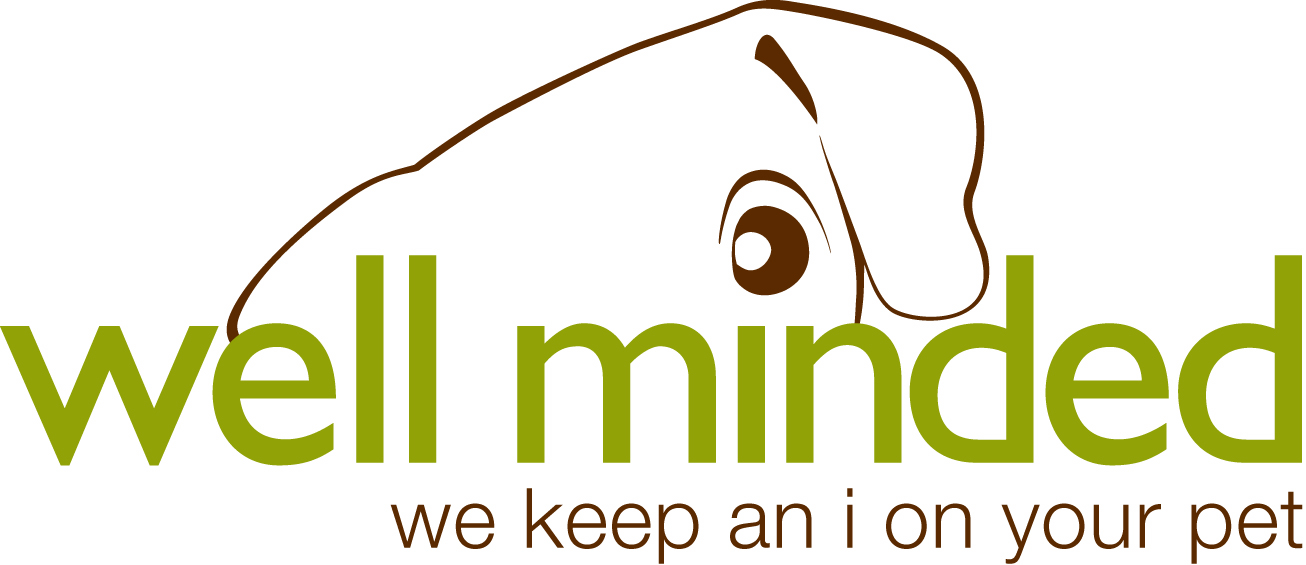N.A.S.H.A. has me trained. I get up early–4:30 a.m. early–and she kindly gets up with me so I don't have to go it alone. Before I start the coffee pot, I let her out for a few minutes, and then back in, and then I follow her straight to the dog pantry. She knows it's treat time. Typically she only gets that one treat each day, but sometimes when we have a particularly desirable treat in the rotation, she'll request more. At first I didn't realize what it meant when she gave me a dead leg. Was she just being a jokester? After repeated pokes, it became apparent that she was trying to communicate something. Had her water bowl gone dry? Nope. Did she want to play? Nope.
N.A.S.H.A. Trains Me with the Treat Lineup from VetIQ. wellmindedpets.com
As a True Science Ambassador, I am being compensated for trying and conveying my opinion about True Science products. Neither True Science or VetIQ is responsible for the content of this article. All opinions expressed are my own.
As I'd head to the pantry, she'd bounce a bit to let me know I was getting warmer. And when I put my hand on the treat bag, she sat down and licked her chops, letting me know I'd figured it out. I'm blaming the VetIQ treats we have in the pantry right now for the recent dead-legs I've been getting. We've been trying Minties Dental Treats and Hip & Joint Soft Chews, which are more of a supplement than a treat, much to N.A.S.H.A.'s disappointment...she can only have a small amount. Both are vet recommended and made in the U.S.A.
what is VetIQ all about?
Their mission:
VetIQ provides quality medication and supplements for your pet at prices you can afford. We desire to provide the best information possible so that you can make informed decisions for your pet.
I'm all about making informed decisions, especially when it comes to my family's health and the health of our pets. Each VetIQ product is given it's own web site, which is interesting to me. It may seem like overkill, but to those of us who like to be informed, these platforms offer all the facts we need to make good choices.
Hip & Joint from VetIQ
N.A.S.H.A. loves chewy treats, so I figured the Hip & Joint supplements would be a sure thing, and I was right. She loves them. Too bad she only gets half a treat every other day, so says the package, because she'd love a lot more. The supplements help support joint cartilage, help lubricate joints, and help maintain muscle–all important as our dogs age–with glucosamine, creatine, and omega 3s.
"Okay...I'm sitting. Kindly hand over the Hip & Joint."
Minties from VetIQ
I figured the Minties dental treats would be a tougher sell, but I was wrong. She loves the Minties, too. We'd tried her on other dental chews in the past with no success, so I was pleasantly surprised. Minties help clean teeth, promote fresh breath with natural ingredients, and help control plaque and tartar. They are wheat free, gluten free, soy free, corn free, and are free of artificial flavors and animal by-products. It's especially important for senior dogs to maintain good dental health, and since N.A.S.H.A. is ten, now, that is important to us.
"You mean I get more? Guinea pigs have it made!"
Since N.A.S.H.A. enjoys these treats so much, we'll make them part of our regular healthy treat lineup.
Follow VetIQ on Twitter. Follow Minties on Twitter.
YOU MIGHT ALSO ENJOY























